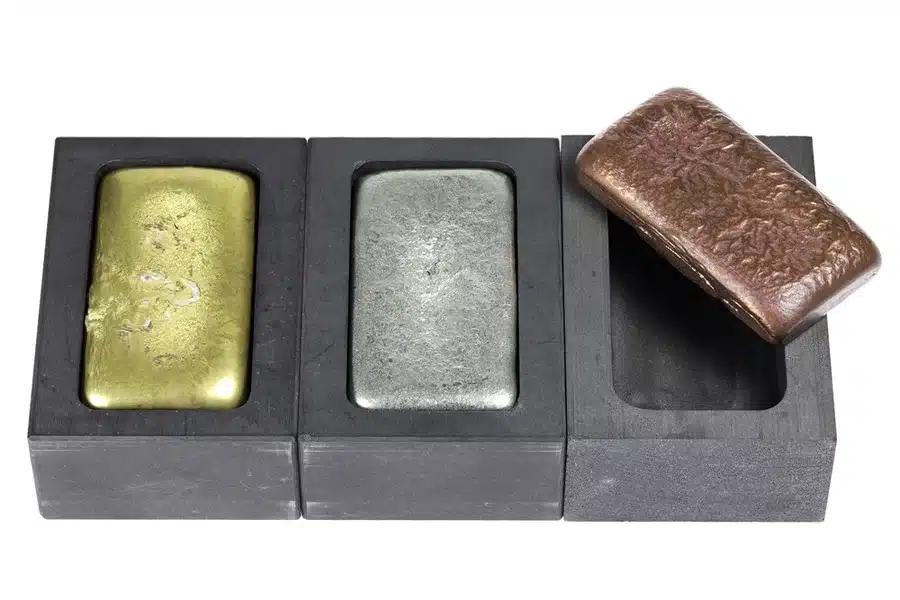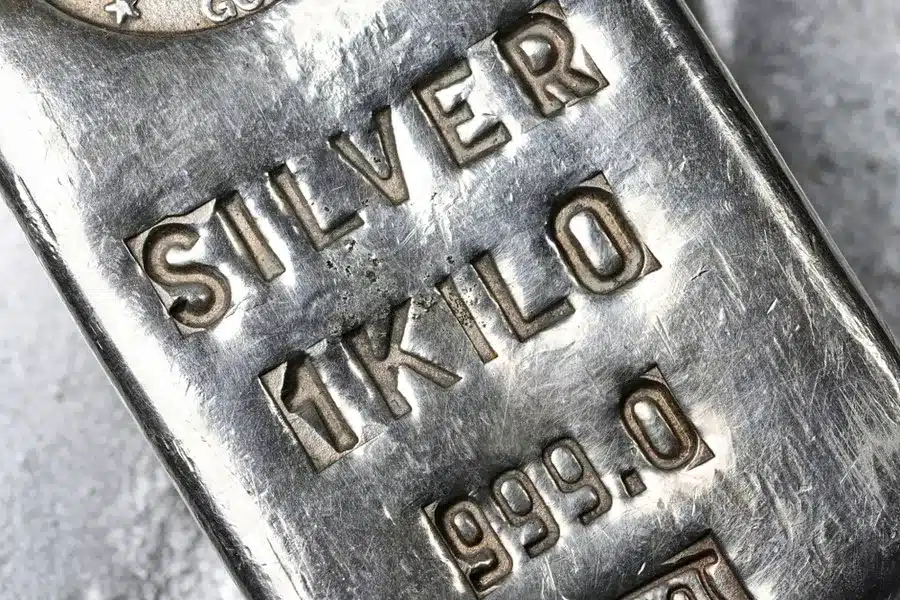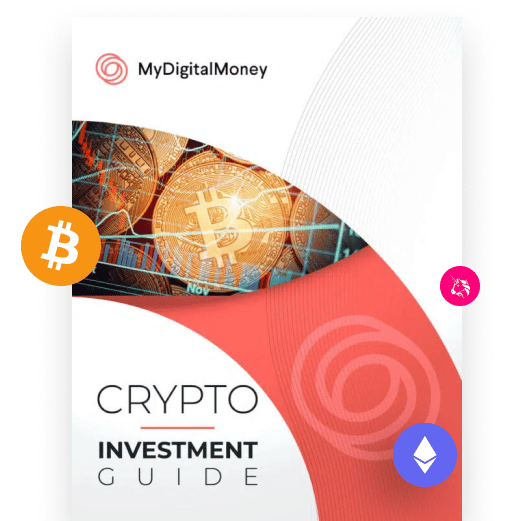If you're new to cryptocurrency, you’ve likely heard about Ripple (XRP) and wondered how it works or why it's gaining attention from banks and investors alike.
In this article, we’ll answer questions like “What is XRP crypto?” and “How to invest in XRP” while breaking down its role in global finance and blockchain innovation.

What Is Ripple XRP?
Ripple refers to both a technology platform and a company—Ripple Labs—that developed a real-time gross settlement system, currency exchange, and remittance network. XRP, often referred to as XRP tokens or XRP coin, is the native currency of the Ripple network.
So, what is XRP coin in simple terms? It’s a digital asset built for fast, cost-efficient cross-border payments. Unlike other cryptocurrencies that aim to replace traditional money, Ripple XRP focuses on improving the way money moves—especially between financial institutions.
Who Owns XRP?
XRP was created by Ripple Labs and pre-mined, meaning all the XRP in existence (100 billion) was created at once. A large amount of XRP—over 50%—was initially retained by Ripple Labs to fund development, partnerships, and liquidity initiatives.
Key figures associated with Ripple include:
- Chris Larsen, co-founder and executive chairman
- Jed McCaleb, a co-founder who later left Ripple and helped launch Stellar (XLM)
Though Ripple Labs holds a large share, XRP is traded on many cryptocurrency exchanges, allowing individual investors to purchase XRP and trade it like other digital assets.
How Does XRP Work?
Ripple uses a blockchain network called the XRP Ledger, which is different from Bitcoin or Ethereum. It doesn’t use proof-of-work mining; instead, XRP relies on a consensus protocol. This makes XRP transactions significantly faster and more energy efficient.
Unlike Bitcoin, which may take 10 minutes to settle a transaction, XRP transactions are confirmed in just 3–5 seconds. This speed is one of the reasons financial institutions use Ripple’s payment solutions for international transfers.
XRP vs. Traditional Blockchain Technology
While many cryptocurrencies rely on decentralized, permissionless systems, Ripple is often described as semi-centralized. The distributed ledger is maintained by a network of validators, many of whom are approved by Ripple Labs. This has raised questions in the crypto community about the project’s level of decentralization.
However, Ripple’s aim is different from that of Bitcoin. Rather than replace fiat currencies, XRP is meant to bridge them—helping banks and payment providers send money across borders quickly and cheaply.
Is XRP a Security?
A major point of contention has been whether XRP should be classified as a security. The Securities and Exchange Commission (SEC) filed a lawsuit against Ripple Labs in December 2020, alleging that the company sold XRP as an unregistered security.
After years of legal battles, portions of the case have seen progress, with courts ruling that XRP sales on crypto exchanges were not securities. However, sales directly to institutions may still face regulatory scrutiny. As of May 2025, XRP continues to trade and remains one of the top cryptocurrencies by market cap.
Why Financial Institutions Like XRP
Ripple has made significant partnerships with banks and remittance services around the world. By using Ripple’s solutions, these financial institutions can reduce costs and transaction times, especially for cross-border payments.
Because XRP acts as a bridge currency, it removes the need for pre-funded accounts in foreign countries, simplifying global transfers. This makes XRP a unique and valuable tool in the realm of blockchain technology.
How to Invest in XRP
Interested in learning how to invest in XRP? Here’s a simple breakdown:
1. Open an Account on a Crypto Exchange
Choose a crypto exchange that supports XRP—examples include Binance, Kraken, and Bitstamp. Some platforms may have relisted XRP since regulatory clarity has improved.
2. Fund Your Account
Deposit funds using fiat currencies such as USD or EUR. Most exchanges support debit cards, bank transfers, or even other cryptocurrencies.
3. Purchase XRP
Once your account is funded, simply find XRP on the trading platform and make your purchase. You can choose between market or limit orders.
4. Store Your XRP Safely
For long-term investors, consider transferring your XRP to a private wallet instead of keeping it on an exchange. This adds an extra layer of security.
XRP Pros and Cons
Here’s a quick summary of the pros and cons of Ripple XRP:
Pros:
- Fast and low-cost transactions
- Supported by major financial institutions
- Solves real-world issues in global finance
- Can handle high transaction volumes
- Strong backing from Ripple Labs
Cons:
- Centralization concerns
- Ongoing legal scrutiny by the Securities and Exchange Commission
- Not widely accepted for everyday payments
The Bottom Line
So, what is XRP Ripple, really? It’s a bold attempt to bridge the gap between traditional finance and emerging blockchain technology. With the support of Ripple Labs and strong use cases for cross-border payments, XRP has carved a unique space in the crypto ecosystem.
Whether you’re wondering how to invest in XRP, or just learning about what XRP crypto is, My Digital Money can help you make informed decisions. As the cryptocurrency market evolves and regulatory clarity improves, XRP could play a major role in the future of digital asset transfers.





